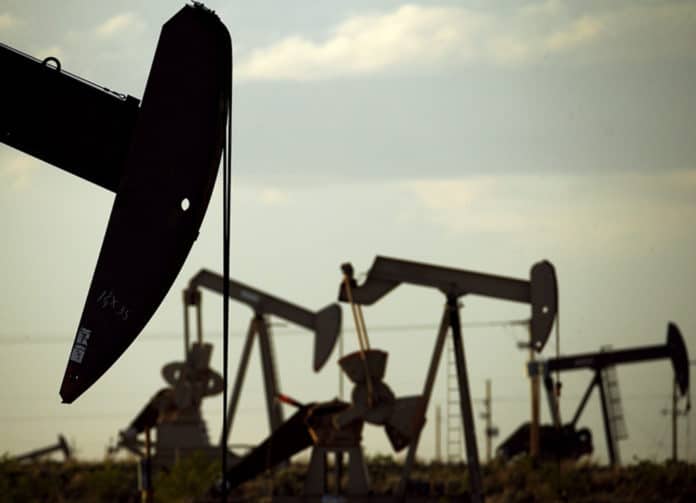By SUSAN MONTOYA BRYAN Associated Press
ALBUQUERQUE, N.M. (AP) — New Mexico stands to have some of the most expansive rules for addressing methane and other emissions from the oil and gas industry after many meetings with industry experts and environmentalists, state officials said Tuesday.
Policymakers with New Mexico’s energy and environment agencies say they have combined what has worked well in other states with some new ideas to craft a set of regulations that will mandate significant emissions reductions by the end of 2026.
The proposed regulations appear to offer a higher level of reduction than in other states and would apply more broadly to existing and new sources, officials said during a briefing on the proposal.
The public has time to comment before regulators with the Environment Department and the state Energy, Minerals and Natural Resources Department hammer out the final rules.
Proposed rules by the energy agency deal with waste due to venting and flaring in oilfields. The draft rules released by the environment department target oil and natural gas equipment that emit volatile organic compounds and nitrogen oxides. Officials say regulating these emissions also will result in reducing methane emissions.
There also are incentives for companies to find and fix leaks within their systems, and the state would be able to collect revenues on vented and flared gas, which could benefit public schools to the tune of millions of dollars a year.
Environment Secretary James Kenney said his goal is to keep New Mexico’s ozone problem from getting worse and therefore avoid federal sanctions.
“We have incentive to be more stringent, but we have the experience of other states to know what worked and what didn’t and therefore how to introduce flexibility. That’s really where we tried to find a sweet spot,” he said.
The effort to build a new regulatory system for methane pollution began last year and involved a special committee of experts that hosted hours of discussion and technical presentations by scientists, environmentalists and experts in the industry.
State officials said Tuesday that the proposed rules aim for the most reductions possible.
Operators would need to reduce their waste by a fixed amount every year to achieve an ultimate gas capture rate of 98% by December 2026. There would be fewer requirements for those with less potential for emitting pollution, while operators with the greatest emissions would face greater scrutiny.
The first phase will focus on reporting requirements since the state said the data around venting and flaring emissions has historically been incomplete and a baseline will need to be established. The second phase will deal with reductions and enforcement.
The New Mexico Oil and Gas Association and others in the industry have said the rules need to be flexible and not so restrictive as to curtail the industry’s ability to recover from what has been a historic drop in prices and reduced demand due to the coronavirus pandemic.
Under the proposed rules, oil and gas companies would get credits for flying over their operations as part of a monitoring program.
Adrienne Sandoval, head of the state Oil Conservation Division, said the idea was to create a mechanism for operators to certify to regulators that they are meeting requirements, rather than the state having to assert that they’re out of compliance.
Sandoval said the state wanted to set a goal for emissions reductions but didn’t want to dictate how operators get there since technology can evolve and circumstances can be different in the Permian Basin in southeastern New Mexico versus the plays in the San Juan Basin in the north.
“You still have to meet those metrics and targets and there are ramifications if you don’t, but it provides a lot of flexibility for innovation and creativity,” she said.







